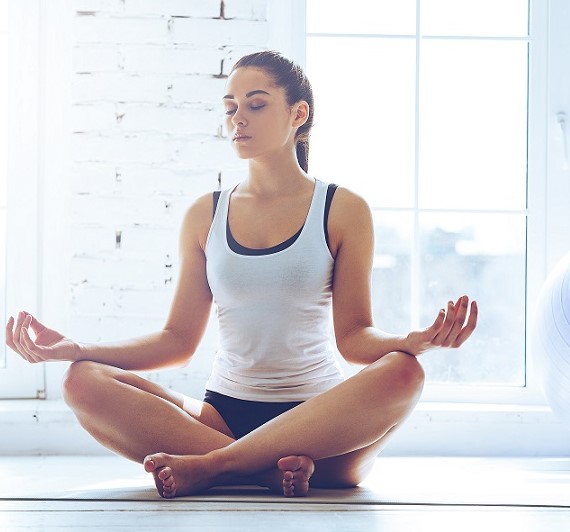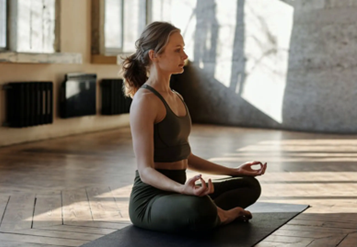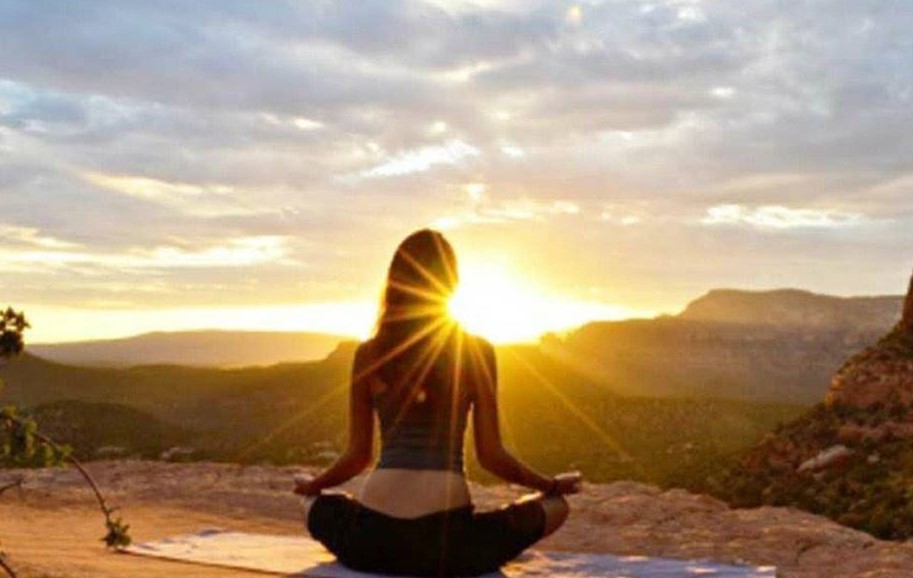
Meditation has been an age-old practice that has captivated people of all cultures and beliefs, offering an avenue to find inner peace and well-being amid the demands of modern life. Over the years, numerous scientific studies have supported the multiple benefits of meditation on mental and physical health, making it a powerful tool for managing stress, improving concentration, and promoting self-understanding.
Benefits of Meditation: Body, Mind and Spirit in Harmony
Meditation, far from being an abstract practice, offers tangible benefits for the body, mind and spirit. Some of the most prominent benefits include:
Stress Reduction: Meditation is known for its ability to reduce levels of cortisol, the stress hormone, which leads to an overall sense of calm and relaxation.
Improved Focus: Practicing meditation regularly can improve concentration and mental clarity, resulting in greater productivity and more informed decision-making.
Anxiety Management: Numerous studies have shown that meditation can help reduce anxiety symptoms and provide effective tools for coping with stressful situations.
Increased Empathy: Meditation fosters connection with oneself and others, which can result in a greater sense of empathy and compassion.
Meditate Lying Down: Comfort and Relaxation
The position in which we meditate can have a significant impact on our experience. Meditating lying down is an option that is often overlooked, but it can be extremely effective, especially for those who struggle with comfort during sitting meditation. By lying down, the body naturally relaxes and it can be easier to release physical and mental tensions. However, there is a chance of falling asleep, so it’s important to find a balance between relaxation and mindfulness.

Meditate at Home: Creating Your Sacred Space
Meditating at home offers unparalleled convenience by eliminating the need to travel and allowing you to establish a personalized sacred space. Choosing a quiet place free of distractions is essential to create an environment conducive to meditation. You can decorate your space with elements that inspire you, such as candles, incense or comfortable cushions.
What is Meditation and How is it done? Exploring the Fundamental Techniques
Meditation is the act of centering the mind and cultivating mindfulness in the present moment. Below are some fundamental meditative techniques:
– Mindfulness: This technique involves focusing attention on breathing, bodily sensations or sounds, allowing thoughts to flow without judging or holding on to.
– Transcendental: It consists of repeating a mantra, a specific word or phrase, to calm the mind and reach a state of deep relaxation.
– Guided: It is done following the instructions of a guide or recording that directs the imagination and attention towards a state of peace and serenity.

The Best Time of Day to Meditate: Adapting It to Your Routine
There is no universally perfect time to meditate, as it depends on personal preference and daily schedule. Some people find that morning meditation gives them a calm start to the day, while others prefer to meditate before bed to release built-up tensions. The most important thing is to choose a time when you can consistently commit and find calm.
The Spiritual Meaning of Meditation: Exploring the Inner Connection
Meditating goes beyond the physical and mental benefits, as it can also have deep spiritual meaning for many people. In various spiritual and religious traditions, meditation is seen as a way to connect with the divine, find self-knowledge, and experience a sense of oneness with the universe.
Meditation in Yoga: Integrating Body and Mind
Meditation and yoga are intrinsically linked, as both emphasize the connection between body and mind. Yoga practice often begins with asanas (physical postures) and develops toward meditation, allowing the mind to calm down and focus after preparing the body through the poses.

How to start meditating? Practical Steps to Start Your Journey
Starting to meditate does not require special skills or deep knowledge. Here are some practical steps to get started:
Find a Quiet Place: Find a distraction-free place where you can sit or lie down comfortably.
Choose a Technique: Decide what type of meditation appeals to you. It can be mindfulness, guided meditation, transcendental, among others.
Set a Time: Set aside regular time to meditate. Start with a few minutes a day and gradually increase the duration.
Be Consistent: The key is consistency. Try to meditate at the same time and in the same place every day.
Accept Thoughts: During meditation, it is normal for thoughts to arise. Don’t worry about them; Just turn your attention to your chosen approach.

Meditation is a personal journey that evolves over time. There is no one-size-fits-all approach, and each person can tailor the practice to their needs and preferences. By embarking on this adventure, you open yourself to a world of tranquility, self-knowledge and inner transformation. As the proverb goes, “You can’t stop the waves, but you can learn to surf.” Meditation gives you the skills to navigate the waves of life gracefully and calmly.
For more articles like this, click here.









